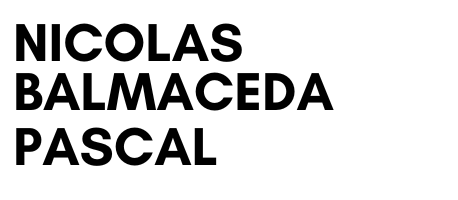Product managers are expected to wear multiple hats because the industry is diverse and dynamic. The position is fast-paced and versatile, requiring expertise in a variety of areas, including concept management, product strategy development, managing user research, and organising intricate processes and workflows.
Typically, when we discuss the tools that product managers utilise on a daily basis, we are referring to the traditional handful. Products analytics software, development monitoring tools, and road mapping tools are some examples of these product management solutions.
But gathering product insight, monitoring the backlog, and analysing the product roadmap is only a small portion of a product manager’s duties. Whether you are a novice product manager or an experienced PM who wants to ensure that you are not skipping a crucial aspect of your position then you should have the necessary tools.
Here is a selection of product management tools to aid you in performing your job well.
Product Plan
The purpose of Product Plan, a road mapping and communication tool is to coordinate your group so you can create what counts.
You may build and share an endless number of roadmaps with this helpful product management tool, switching between both the timeframe, lists, and table views as you see fit. If you don’t want to create from zero, you can search the huge template library. The drag-and-drop operator makes it simple to construct and customise as you go.
There is a “comments and mentions” option in ProductPlan that enables you to tag team members, post status reports, and ask questions right from the platform. ProductPlan is an excellent all-arounder and has a wonderful brand management blog, too.
Product Board
Another specialised tool for product management, Productboard is used to prioritise features, create roadmaps, collect customer feedback, and validate concepts. all the tools required to create a user-centred product!
The road mapping capabilities of Productboard are really noteworthy. Depending on how you operate, you can organise product features into release, sprint, period, or now/next/later buckets, and you may customise blueprints for diverse crowds. For instance, you can develop roadmaps that are customer-centred or that are expressly geared for leadership.
Another fantastic feature of Productboard is its smooth integration with a variety of other well-liked product management platforms, including Jira, Slack, and Amplitude.
ProdPad
As the top system for product management, ProdPad makes this claim. And this might actually be true given the wide range of features and functions available (not to forget the stunning interface).
So what is the actual purpose of ProdPad? The Lean road mapping, idea finding, monitoring, and customer input management are the three main pillars of the ProdPad platform.
The “Now, Next, Later” structure used by the lean roadmaps feature gives you a clear picture of your performance and makes it simple to monitor and evaluate success as an option to timeline-based roadmaps.
The idea management feature of ProdPad provides tools like impact vs. work graphs and customer data to assist you in “tame the monster backlog of ideas” and identifying the problems that need to be resolved first.
The client feedback management solution, on the other hand, uses AI to compile and arrange user input.
ProdPad is a strong contender if you’re seeking a complete, adaptable road-mapping solution.
Split
The split was created to enable product teams to “deploy more frequently, launch without worry, and test to see what your consumers love (or detest).” Split is what is called a feature flagging tool.
With feature flags, product teams have more versatility and quickness when it comes to checking and trying out various features, trying to run A/B tests, and removing any innovative features that don’t perform well. Feature flags are employed in software design to turn specific product characteristics on or off without implementing new code.
Based on the criteria and objectives you’ve set, this clever product management tool instantly determines the impact of each feature delivered. Additionally, it generates an experiment for each feature produced, making it simple to conduct testing and determine what is effective.
Pendo
Pendo is marketed as a platform for product uptake and was created with customer delight in mind. It blends feedback management with analytics to assist product teams in enhancing the general consumer experience.
A platform like Pendo gives you accessibility to information on how your customers really interact with your product, whereas surveys and consumer surveys can provide you with some information about what your users believe.
In addition to offering product metrics, Pendo also enables you to prioritise and collect feature requests from customers through the feedback tool and develop personalised in-app tutorials to streamline customer onboarding for your product. Pendo is also a software programme for creating roadmaps. One platform with that much functionality is impressive!
FullStory
Data that is both quantitative and qualitative can be collected and analysed using the FullStory Digital Experience Intelligence (DXI) platform. Product teams use technologies like FullStory to enhance the user’s product experience, which in turn improves customer retention, revenue, and operational effectiveness.
Each and every aspect of FullStory is powered by data. You can watch how users engage with your digital product in real-time and adjust it accordingly thanks to extensive product analytics, thorough and secure data collection, and sophisticated session replay capability.
Like Peloton, Forbes, and GNC, FullStory has endorsements. Furthermore, it integrates smoothly with your current product management solutions for a full picture of your data thanks to an open API and an expanding array of integrations.
These were some of the tools for product management that you can use as a product manager to enhance your organization and to start from basics and you want to have add-ons to your list of skills then you can go for Seekho’s Product management course that can help you build up your resume and provide you with the required skills and knowledge.



